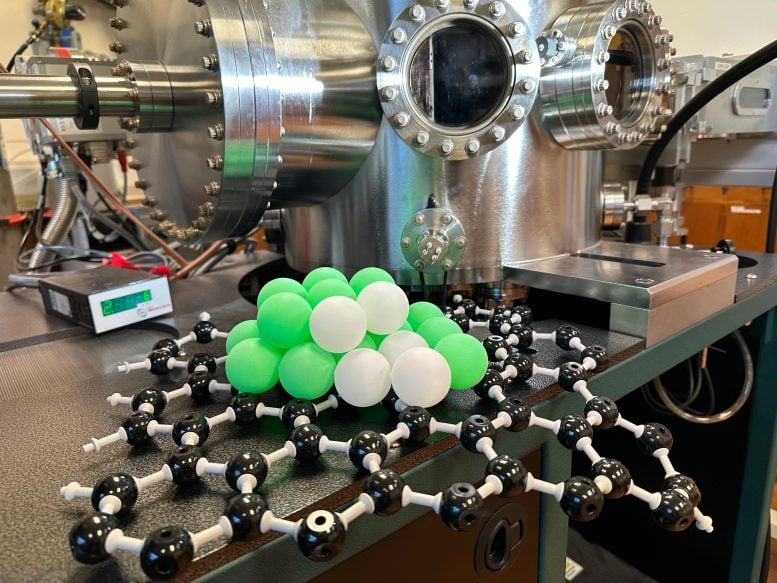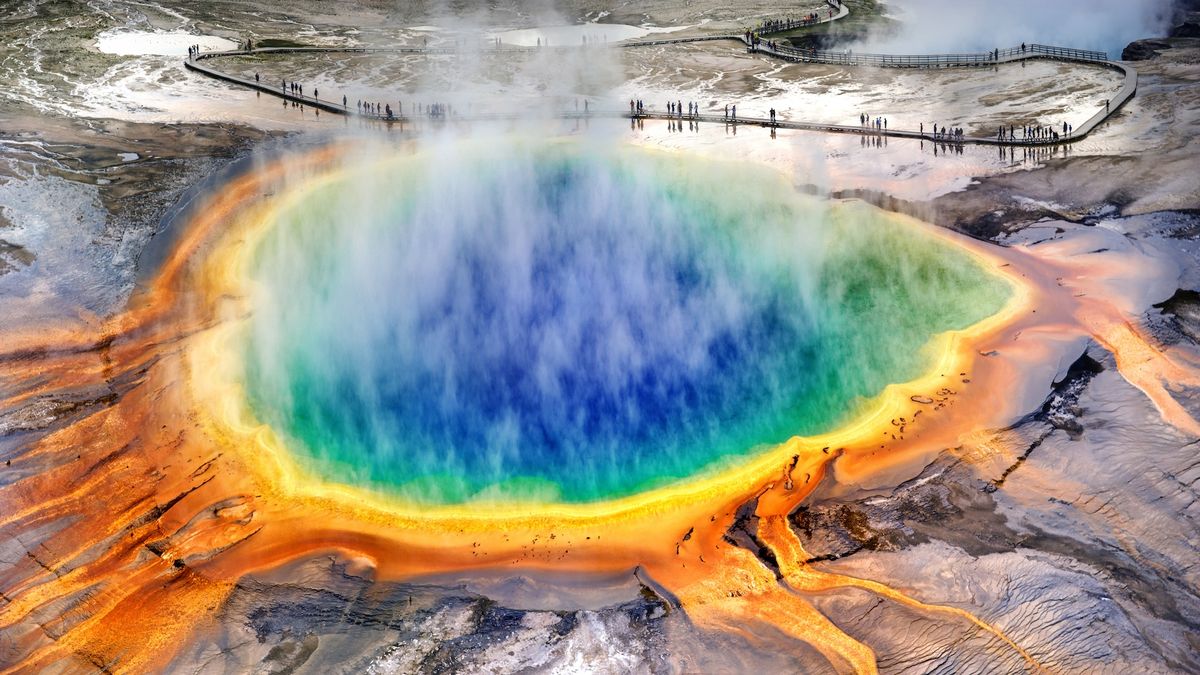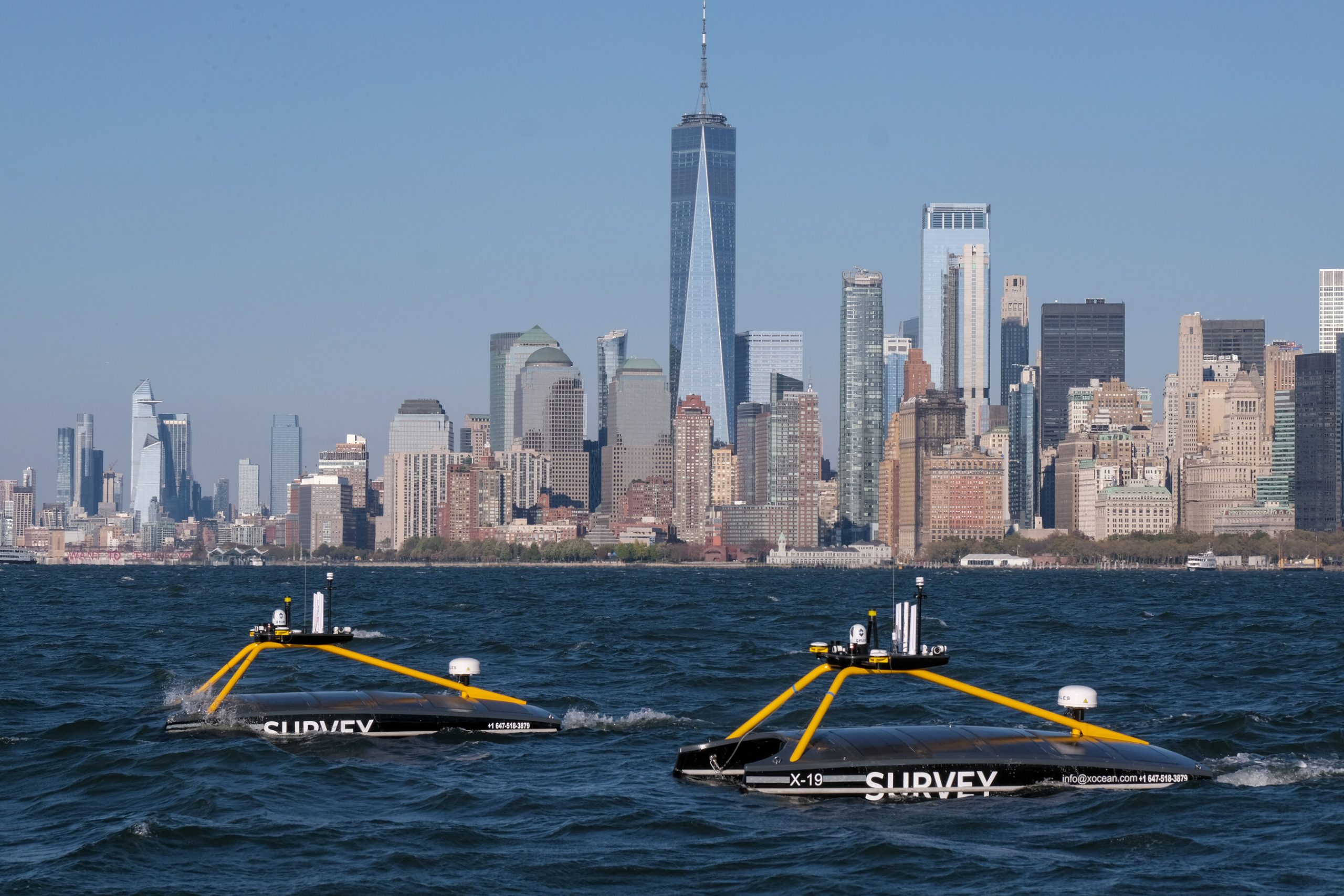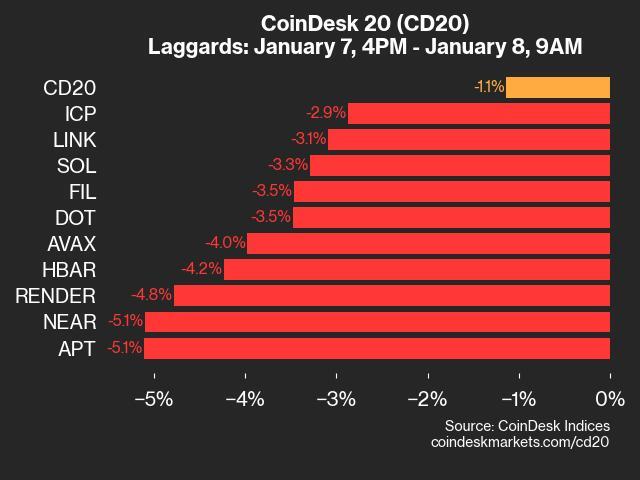Editors’ Vox is a blog from AGU’s Publications Department.
Distributed acoustic sensing (DAS) has emerged as a cutting-edge technology in borehole geophysics. Using fiber-optic cables, borehole DAS systems enable real-time, high-resolution imaging and monitoring of subsurface structures and activities over long distances—even under extreme temperatures and pressure. DAS not only enhances the accuracy of borehole geophysics data but also the ability to detect and analyze changes in the borehole environment.
A new book in AGU’s Geophysical Monograph Series, Distributed Acoustic Sensing in Borehole Geophysics, explores advances in borehole DAS technology and its practical applications across geophysics. We asked the book’s editors how DAS is improving subsurface monitoring, what types of data are being recorded, and where this technology is heading next.
In simple terms, what is distributed acoustic sensing?

Distributed acoustic sensing is a technology that utilizes fiber-optic cables to detect acoustic waves along their length. These fibers may be many kilometers in length and installed in boreholes, shallow surface trenches, or even on the seafloor.
By sending light pulses through the fiber from an electronic interrogator at one end, DAS measures changes in reflections by acoustic waves that impinge on the fiber, enabling continuous monitoring of subsurface activities such as seismic events, fluid flow, and other changes around the borehole.
This technology provides real-time, detailed information about subsurface conditions.
What are some applications of DAS technology in borehole geophysics?
DAS technology has a broad range of applications in borehole geophysics including the following:
- Vertical seismic monitoring: DAS can detect and record seismic waves along the length of the borehole, providing detailed information about the velocity structure near the well.
- Hydraulic fracturing monitoring: During hydraulic fracturing, DAS monitors the propagation of fractures and the flow of fluids in real-time, aiding the process and optimizing its safety.
- Fluid flow detection: By measuring acoustic signals associated with fluid movement, DAS tracks fluid flow within the borehole, which is useful for reservoir management and groundwater monitoring.
- Seismic monitoring: DAS is used to detect and analyze small-scale seismic events, or microseismicity, around boreholes, which can provide insights into subsurface processes, both anthropogenic (e.g., geothermal or carbon sequestration) and natural (e.g., faults or volcanoes).

How is your book organized?
Distributed Acoustic Sensing in Borehole Geophysics has 31 chapters organized into four main parts: Part I focuses on instrumentation and modeling; Part II covers data acquisition and processing; Part III presents imaging and inversion techniques; and Part IV explores diverse applications, such as earthquake seismology, fracture detection, active fault monitoring, and low-frequency strain monitoring. Each part features contributions from experts, offering a detailed overview of the current state, challenges, and potential of DAS technology.
The volume also features an introduction to DAS principles and advancements and a conclusion that looks ahead to future developments in DAS technology and borehole DAS geophysical applications.
Who is this book for?
The book is intended for geophysicists, engineers, and researchers working in borehole geophysics, plus those interested in the latest technologies for subsurface monitoring. It will also be a valuable resource for professionals in the oil and gas industry, as well as academics and students studying geophysical methods.
This book comes four years after the publication of the previous AGU monograph on DAS, Distributed Acoustic Sensing in Geophysics: Methods and Applications. What do you imagine will be the latest developments reported in another book several years from now?
Borehole DAS technology has expanded rapidly so we wanted to capture the latest developments and applications.
The first book, published in 2021, covered a wide range of DAS applications from borehole to surface DAS. Since then, borehole DAS technology has expanded rapidly so we wanted to publish an additional book to capture the latest developments and applications.
We anticipate that the coming years will see further advancements in DAS hardware, software, comprehensive data analysis and integration, and big data management, including the widespread adoption of machine learning and artificial intelligence.
We also anticipate emerging applications of DAS beyond borehole geophysics, such as monitoring and early warning of earthquakes, volcanic eruptions, tornadoes, hurricanes, landslides, and other natural disasters. Additionally, DAS may be used in engineering practices for smart city applications and even in observations on the Moon and Mars.

Distributed Acoustic Sensing in Borehole Geophysics. List price: $225 (hardcover), $180 (e-book)
—Yingping Li (y1p2li58@gmail.com; ![]() 0000-0002-9661-5012), BlueSkyDas LLC and University of Houston, USA; Robert Mellors (
0000-0002-9661-5012), BlueSkyDas LLC and University of Houston, USA; Robert Mellors (![]() 0000-0002-2723-5163), University of California San Diego, USA; and Ge Zhan (
0000-0002-2723-5163), University of California San Diego, USA; and Ge Zhan (![]() 0000-0001-6342-1273), TGS-NOPEC Geophysical Company, USA
0000-0001-6342-1273), TGS-NOPEC Geophysical Company, USA
Editor’s Note: It is the policy of AGU Publications to invite the authors or editors of newly published books to write a summary for Eos Editors’ Vox.









Leave a Comment